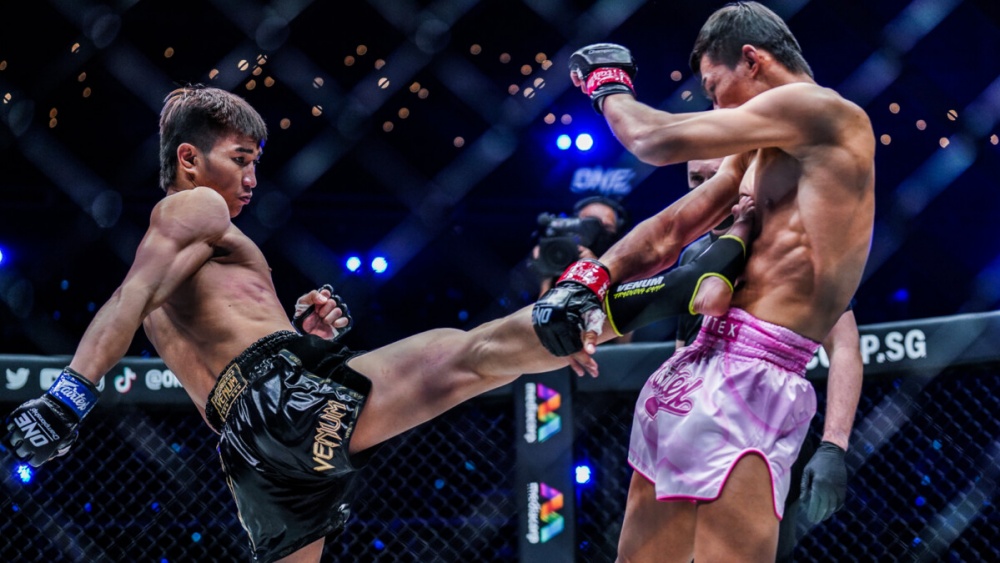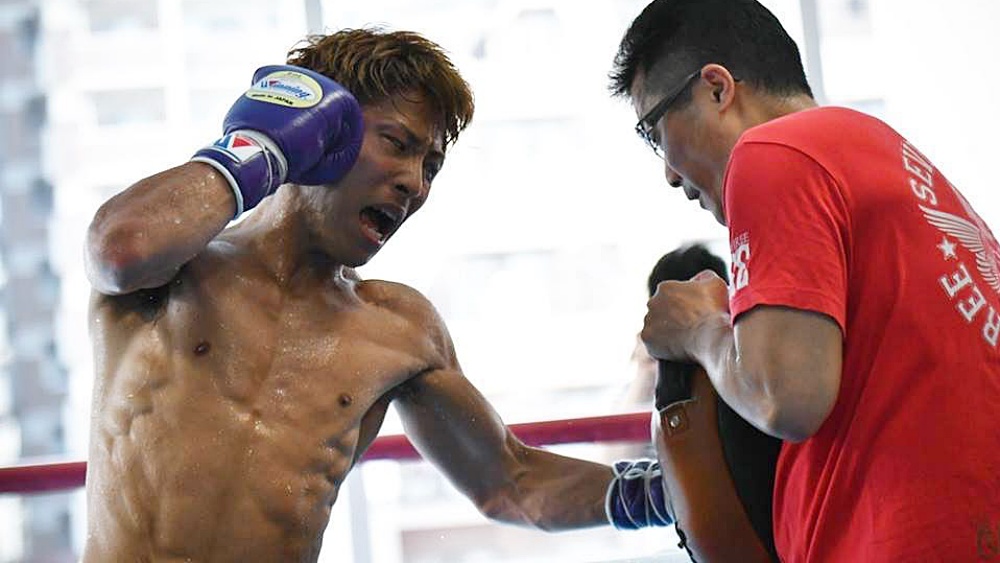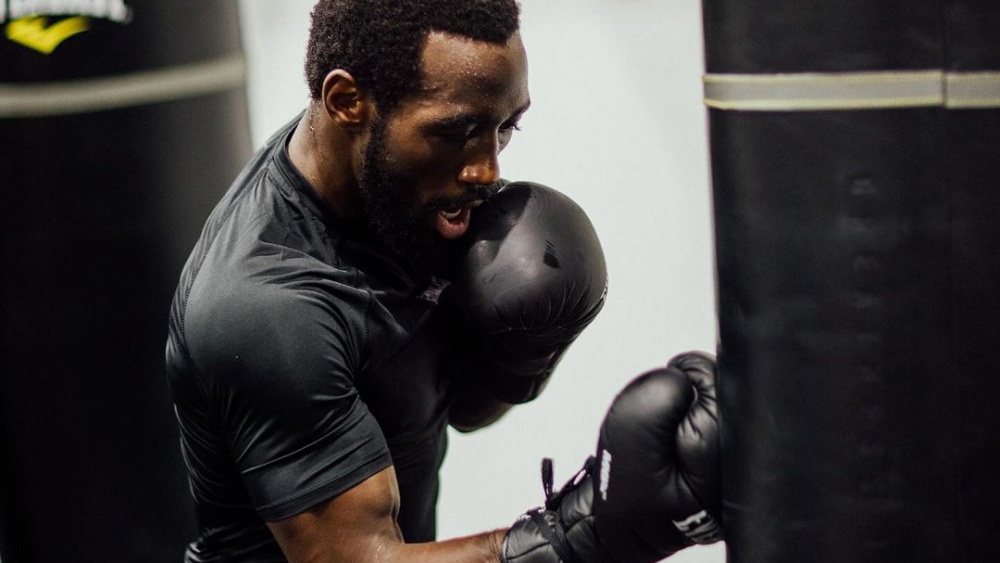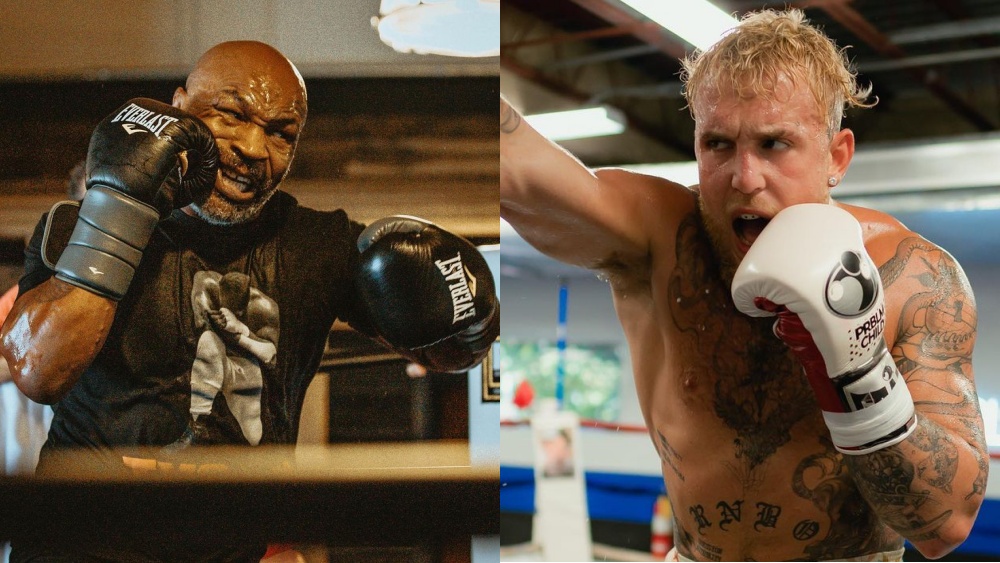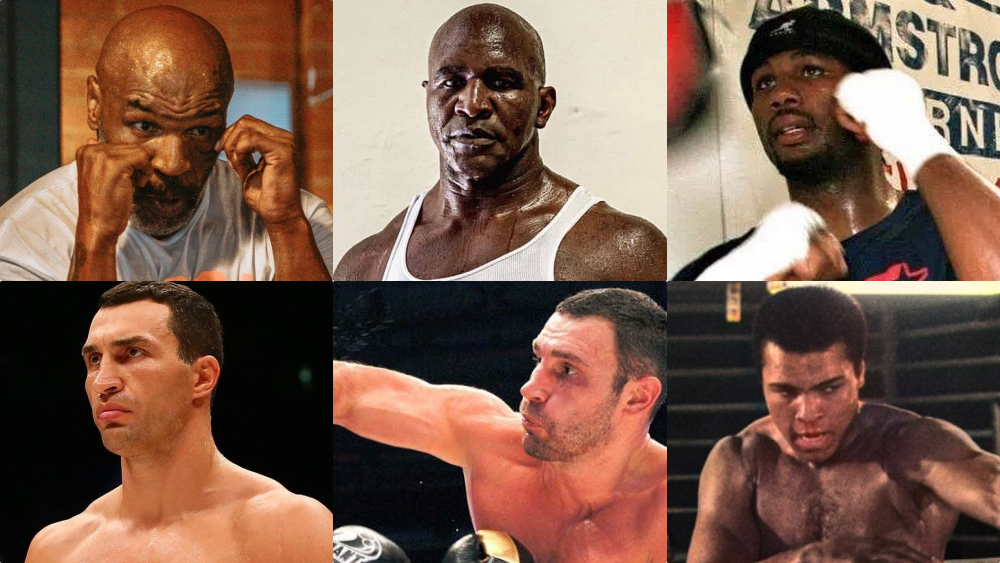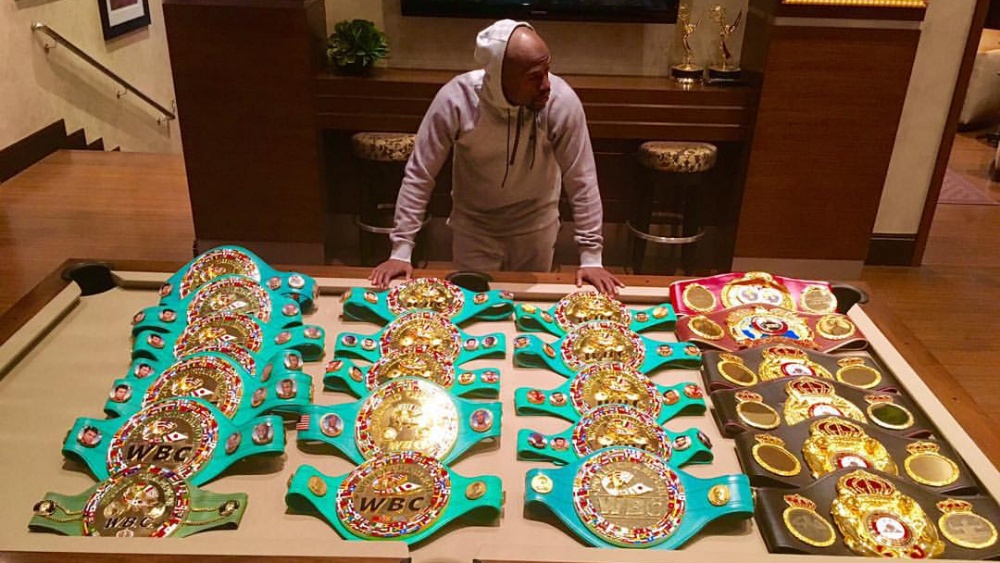To first-time viewers, K1 Kickboxing and Muay Thai may look like similar sports. The rounds are the same length, they both allow similar strikes, and to make things even more confusing, Thai superstars such as Superbon and Buakaw Banchamek compete across both rule sets. Despite this, the two sports are about as similar as golf and hockey.
Both sports were created in vastly different contexts with different historical factors influencing the way that athletes fight and judges determine a winner. If you find yourself scratching your head, wondering why some fights are different lengths, why fighters can throw an elbow in one fight but get points taken off of them for doing the same thing in another then read on. This article will give you a brief history of both sports before offering a few simple questions that you can ask yourself so that you can easily tell which sport you are watching the next time you watch fights online.
Once you can understand the key differences between these sports, this article will take a moment to make some key distinctions between “traditional” stadium Muay Thai and its much younger cousin, “Modern” Thai Boxing which has many more similarities to K1.
The History Of K1
K1 kickboxing originated as a Japanese promotion, K1 Global, in 1993 with the purpose of creating a platform for martial artists to test themselves against athletes of different striking disciplines. It was originally fought under similar rules to those of Kyokushin Knockdown Karate but over the years the sport developed to create a more level playing field for athletes trained in different styles.
The promotion had an explosive impact on the martial arts scene and before long, strikers from as far as Thailand, The Netherlands and New Zealand were competing on the platform. Many kickboxing organisations such as ISKA and WKN followed suit and began promoting their own K1 classes and champions.
Though the founding organisation underwent a period of financial hardship before being sold off and restructured in 2012, the K1 ruleset has maintained a heavy presence in the combat sports landscape with popular promotions such as Glory and Superkombat owing their inspiration to the original K1 promotion.
Above is a video of the 2007 K1-Max final fought between a Japanese Kickboxer, Masato, and a Thai phenomenon, Buakaw, showing how the ruleset allowed athletes of different sports to compete on a level playing field.
Compared to K1, Muay Thai has a much longer history, heavily tied to the national identity of its country of birth, Thailand. Its roots can be traced back to a martial art known as Muay Boran, a combat art utilised by the Siamese (Thai) army as far back as the 16th century. It is so closely tied to Thailand’s history that it has two national holidays: Muay Thai Day on February 6th and Nai Khanom Tom Day on March 17th.
In its early form as a competitive sport, Muay Thai was known as Muay Khat Chueak and athletes would compete within a roped circle with their hands bound in rope. It underwent a period of modernisation in the 1920s when the influence of British Boxing brought in leather gloves and a squared boxing ring. Despite this westernisation, modern fighters continue to acknowledge their national history and Buddhist traditions in prefight performances in many of Thailand’s stadiums.
Questions To Ask
When comparing K1 kickboxing and Muay Thai, several essential questions come to mind. While attire and rule sets are common queries, this article delves deeper into understanding the distinctions. Here are some key questions worth exploring:
1) What Do They Wear Into The Ring?
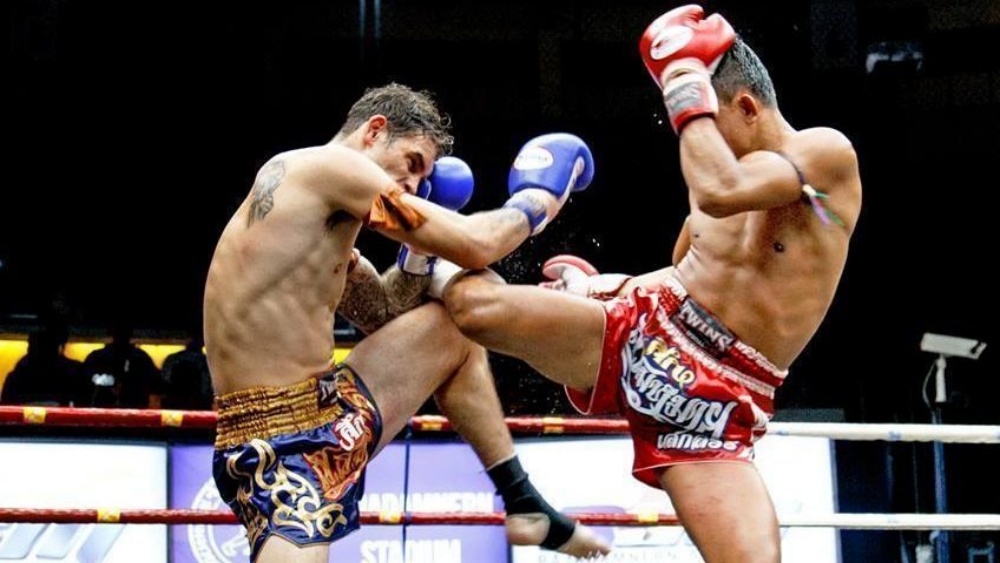
Thai boxers will always wear a headpiece, known as a Mongkhon (or Mongkol) into the ring as part of their pre-contest ritual. These headpieces, which are traditionally weaved by trainers in their gym, are blessed by Buddhist monks for good luck and protection and can never touch the ground.
Thai fighters are often seen wearing fabric armbands known as Pra Jiad (or Prajet). Unlike the Mongkhon which is removed before a contest, the Pra Jiads are worn for the duration of the fight.
Thais who fight in other disciplines such as K1 are still known to wear these into the ring but as these items are almost never worn by fighters of other disciplines, it is safe to say that you are watching Muay Thai if both fighters wear these sacred items.
2) Do They ‘Dance’ Before They Fight?
The Wai Khru (or Ram Muay) is integral to the traditional Muay Thai culture. It is a dance performed in conjunction with traditional Thai music in which a fighter pays respect to their teachers and ancestors. Unlike the Mongkhon and Prad Kiat which can be worn in other contests, you will only see the Wai Khru performed before a traditional Muay Thai bout.
3) Is Music Played During The Fight?
In K1, like most combat sports you will only hear the excited cheering of the crowd during a fight. During a Muay Thai contest traditional music is played by musicians using a combination of reed instruments, drums, and brass cymbals. It has a unique sound that increases in tempo as a fight intensifies.
If you hear this music, then you are watching Muay Thai.
4) How Many Rounds Are In A Fight?
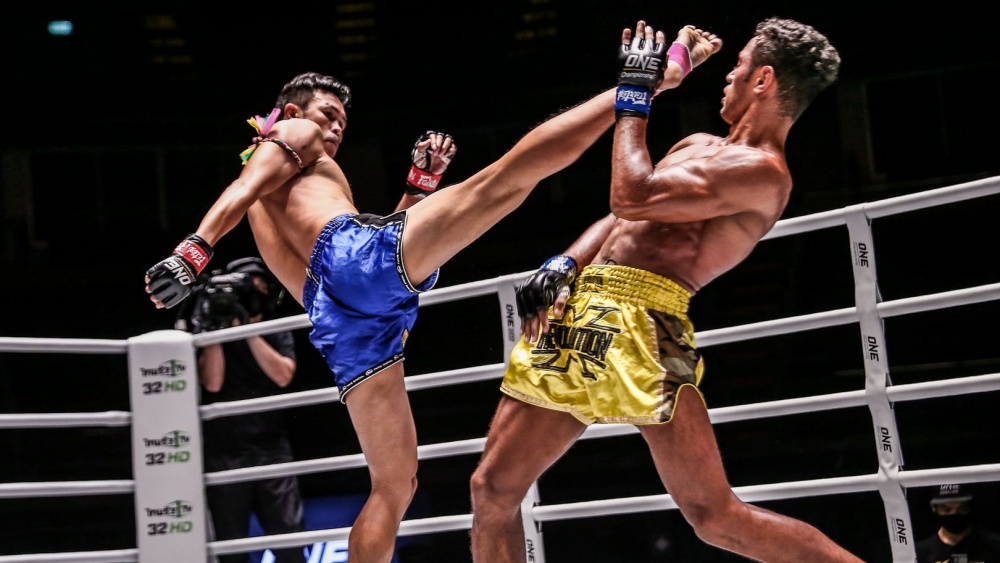
K1 rules determine that competitions will be fought over three rounds with a one-minute rest. In the case of a draw, a fourth ‘overtime’ round will be contested to determine the victor. Traditional Muay Thai bouts are fought over five rounds with a two-minute break in between the action.
So, if you are watching a fight scheduled for 5 rounds, then it’s definitely Muay Thai.
The K1 ruleset was designed to create a level playing field for athletes from many different fighting arts. Therefore, there are a lot of techniques that can be used in both sports including, punches, kicks, and knees. In the K1 rules, some Thai techniques such as elbows and catching an opponent’s kicking leg are considered fouls. Likewise, clinching, that is controlling an opponent’s arms and head to land elbow and knee strikes, is not allowed.
Therefore, if you see two Thai-born athletes wearing prad jiats in a contest but one gets told off for throwing an elbow, then you are watching K1.
6) How Is The Bout Scored?
This can be harder for you to determine from watching a fight, but it is important nonetheless and perhaps, in time, you will be able to intuit what sport you are watching by the way the fighters compete.
K1 utilises the “10-point must” system to determine the outcome of fights whereas traditional Muay Thai judges will score a bout in its entirety to determine the victor. The 10-point must system requires that each round of a competition is scored individually of all other rounds with the round winner receiving 10 points and their opponent receiving 9 or less.
In a five-round Muay Thai contest, judges will look at a fight as a whole to determine the winner. Under this scoring system it is possible for a fighter to lose the first three rounds of a fight but still come out victorious if they finish the contest in a clearly dominant fashion and it is often the case that stadium fighters will intentionally go slow in the first rounds to save themselves for the end of a fight.
It should also be noted that judges will be looking for different things when scoring a fight. One of the key differences is that in K1 the number of clean shots landed is important whereas in Muay Thai the volume of strikes is not weighed as heavily. In fact, if a strike lands but does not have a clear impact such as moving an opponent’s body or affecting their balance it hardly scores, if at all.
“Modern” Muay Thai And Bridging The Gap Between Sports
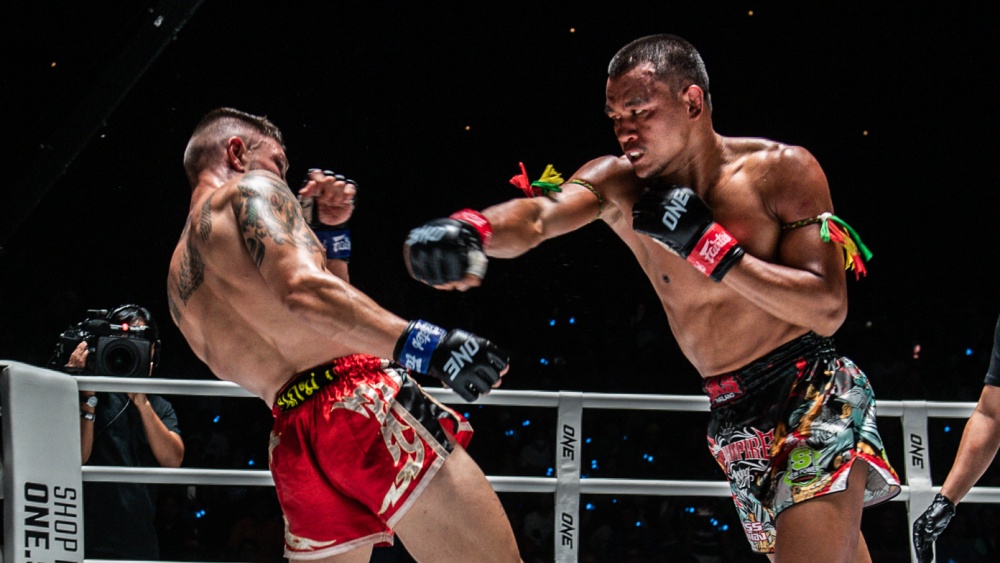
Does the traditional music give you a headache? Do you get bored watching the Wai Khru Ceremony? Are you confused by traditional Muay Thai scoring? You aren’t alone.
A lot of the above information regarding Muay Thai is specific to the five-round contests traditionally fought in the stadiums of Thailand. It is a method of competition that is alien to many combat sports fans who may get bored by the lack of action in the opening rounds or confused when a fighter gets battered across the ring for half of a fight but still ends up winning.
In recent years several promotions have taken steps to make Muay Thai more accessible to a wider audience. Promotions such as ONE Championship and Rajadamnern World Series (RWS) have adopted three-round fights, and the 10-point must system as a way to make contests more exciting and contest outcomes less baffling to viewers. ONE Championship has also implemented the use of its own “Global” Muay Thai ruleset to score fights, bridging the previously huge gap between traditional Muay Thai and modern kickboxing.
Under this ruleset, judges score fights in the same way K1 bouts have traditionally been scored. Muay Thai and Kickboxing bouts fought on their promotions are judged on the same criteria. This might make it more difficult to tell which sport you are watching at a glance and if that is the case you can fall back on the following recipe to determine if you are watching K1 or modern Muay Thai
- Can they elbow, clinch, and catch kicks to sweep their opponent?
- If the answer is yes, you are watching modern Muay Thai.
- If the answer is no, you are watching K1 or Kickboxing.
You may also like:
Counter-Attacking In Muay Thai: Exploiting Openings And Capitalizing On Mistakes
